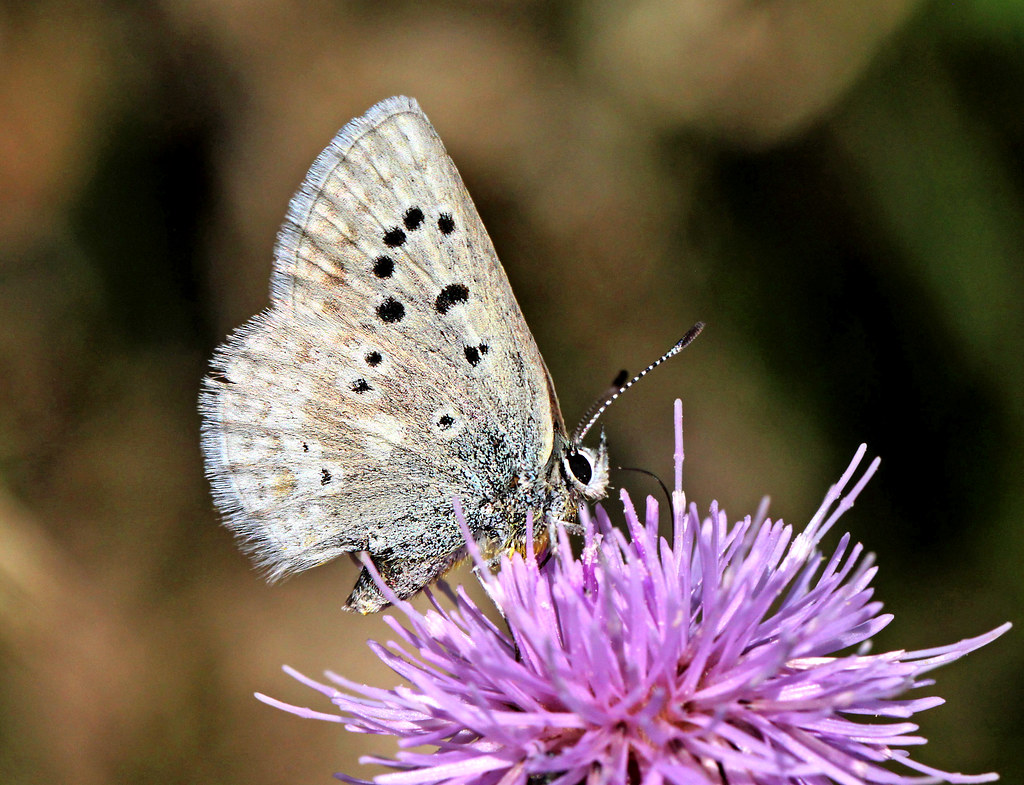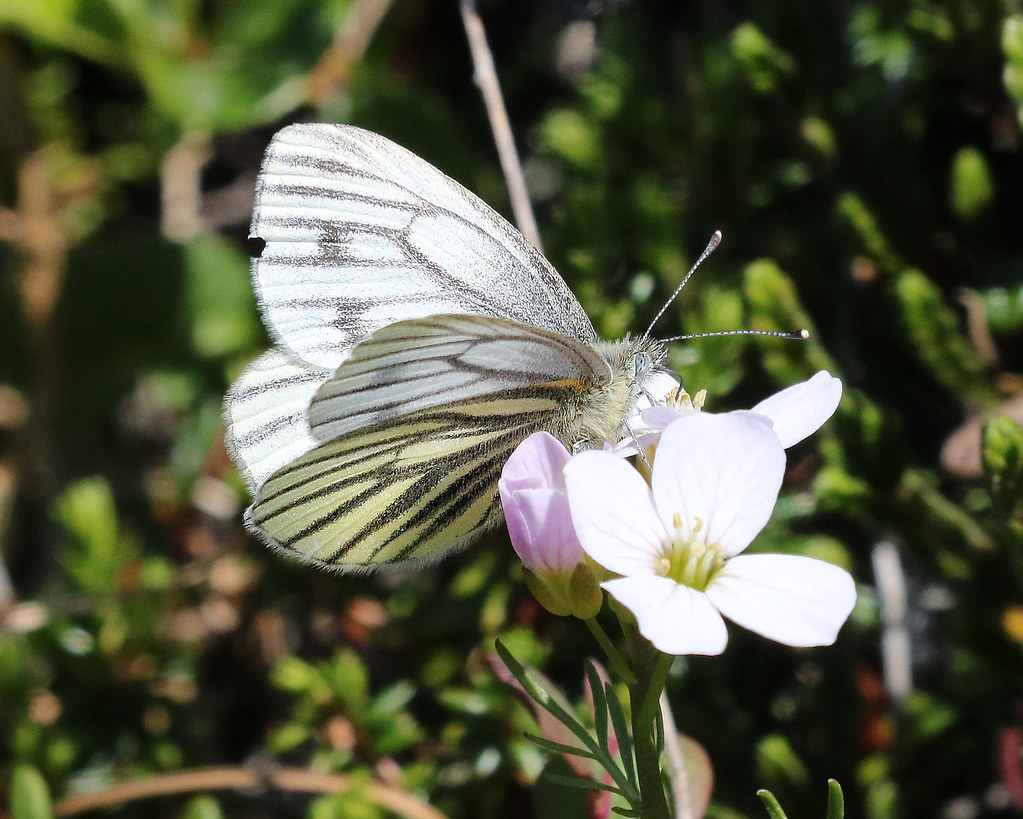Picture this: an Arctic bee buzzing through wildflowers on a summer tundra, its fuzzy body perfectly adapted to the cold. Now imagine that same landscape five years from now – no flowers, no bee, just barren ground where permafrost once held everything together. This isn’t science fiction. It’s happening right now, and the story connecting melting ice to vanishing insects is more dramatic than most people realize.
The Arctic’s Hidden Insect Universe
Most people think of the Arctic as a frozen wasteland, but that couldn’t be further from the truth. During the brief Arctic summer, the tundra explodes with life, hosting over 2,000 species of insects. These aren’t your typical backyard bugs either – they’re evolutionary marvels that have spent millions of years perfecting their survival strategies.
Arctic bumblebees can generate heat by vibrating their flight muscles, warming their bodies to temperatures that would make a desert lizard jealous. Mosquitoes here don’t just bite; they’ve become essential pollinators for Arctic plants that bloom in a frantic race against winter’s return.
When Permafrost Becomes Temporary
Permafrost isn’t just frozen ground – it’s the foundation of entire ecosystems. Think of it as nature’s refrigerator, keeping organic matter preserved for thousands of years while supporting the delicate balance of Arctic life above. When this ancient ice melts, it’s like someone unplugged that refrigerator and left it open.
The results are catastrophic for insects. Soil temperatures that remained stable for millennia now fluctuate wildly. Insect larvae that depend on specific temperature ranges for development suddenly find themselves in thermal chaos. Some species that timed their life cycles to the predictable rhythm of freeze and thaw now face a world where those patterns have vanished completely.
Mountain Glaciers and High-Altitude Specialists

High in the mountains, specialized insects have carved out niches in some of Earth’s most extreme environments. Glacier flies actually live on glacier surfaces, feeding on organic matter blown up from lower elevations. These remarkable creatures can survive being frozen solid, then resume normal activity when temperatures rise.
But as mountain glaciers retreat at unprecedented rates, these ice-dependent species are running out of habitat. The Himalayan regions have lost entire populations of cold-adapted insects as their glacial environments simply melted away. It’s like watching a library burn down, except each lost species represents millions of years of evolutionary knowledge.
The Timing Catastrophe
Insects are nature’s timekeepers, their life cycles synchronized with environmental cues that have remained constant for millennia. Arctic insects emerge from winter dormancy based on day length and temperature patterns that trigger their internal clocks. But climate change has broken these ancient rhythms.
Imagine showing up to a dinner party three weeks early – that’s essentially what’s happening to many Arctic insects. They’re emerging before their food sources are available, or after crucial mating opportunities have passed. This temporal mismatch is creating population crashes that ripple through entire food webs.
Polar Bears Aren’t the Only Ones Losing Ice Habitat
While polar bears get most of the attention, countless insect species depend on sea ice for their survival strategies. Some Arctic flies use sea ice edges as corridors for dispersal, traveling vast distances along ice margins to find suitable breeding sites. Others rely on the unique microclimate created where ice meets water.
As sea ice extent shrinks year after year, these insects lose their highways and habitats. The domino effect is staggering – fewer insects mean less food for Arctic birds, which in turn affects seed dispersal for plants that insects also depend on for survival.
The Feedback Loop of Destruction
Here’s where the story gets truly terrifying: as insects disappear, they accelerate the very ice loss that’s killing them. Insects play crucial roles in pollinating Arctic plants that help stabilize soil and reflect sunlight. Without these plants, dark soil absorbs more heat, melting more permafrost and ice.
It’s like a biological death spiral. Fewer insects mean fewer plants, which means more heat absorption, which means more ice loss, which means even fewer insects. Scientists call this a positive feedback loop, though there’s nothing positive about watching entire ecosystems unravel.
Aquatic Insects in a World Without Winter
Arctic ponds and lakes that freeze solid each winter are home to remarkable aquatic insects that have adapted to surviving in ice. Some species actually need to be frozen to complete their life cycles – their eggs won’t develop properly without experiencing true winter conditions.
As winter temperatures rise and ice-free periods extend, these aquatic habitats are transforming completely. Ponds that once froze to the bottom now remain liquid, changing their chemistry and creating conditions that favor entirely different species. Native Arctic aquatic insects are being replaced by southern invaders that can’t fulfill the same ecological roles.
The Pollination Crisis Above the Tree Line
Arctic and alpine flowers have co-evolved with their insect pollinators over millions of years, creating partnerships so specific that some plants can only be pollinated by single species of bees or flies. These relationships represent some of nature’s most intimate collaborations, with flowers blooming at exactly the right time to coincide with their pollinators’ life cycles.
Climate change is severing these ancient partnerships. Plants are blooming earlier due to warmer springs, but their insect partners are still following old cues based on day length rather than temperature. The result is empty flowers and declining plant populations, which further reduces habitat for the insects that remain.
Migration Patterns Disrupted by Vanishing Ice
Some insects undertake epic migrations that depend on ice and snow patterns for navigation and timing. Certain Arctic moths migrate hundreds of miles, using ice formations as landmarks and stopping points during their journeys. These navigation systems evolved over countless generations and can’t adapt quickly to rapidly changing landscapes.
Without familiar ice formations to guide them, migrating insects become lost in landscapes that no longer match their genetic programming. It’s like someone randomly moved all the highway signs – suddenly, routes that worked for millions of years lead nowhere.
The Canary in the Coal Mine
Insects are among the first indicators of ecosystem collapse because they respond quickly to environmental changes. Their short generation times mean that population crashes become apparent within a few seasons rather than decades. What we’re seeing in Arctic and alpine insect communities is a preview of what’s coming for larger, more visible species.
The rate of insect disappearance in ice-dependent ecosystems is outpacing our ability to even catalog what we’re losing. Scientists estimate that species are going extinct before we even know they exist, taking with them potentially valuable genetic resources and ecological functions we may never understand.
Cascading Effects Through Food Webs
Every insect species supports multiple other species – birds, spiders, other insects, and countless microorganisms. When ice-dependent insects disappear, they create holes in food webs that can cause entire ecosystems to collapse. Arctic birds that depend on seasonal insect blooms are already showing population declines and reproductive failures.
The effects reach far beyond the Arctic. Migratory birds that feed on Arctic insects during breeding season carry less energy to their wintering grounds, affecting ecosystems thousands of miles away. It’s a global crisis masquerading as a local problem.
Scientific Scramble to Document the Disappearing
Researchers are racing against time to catalog Arctic and alpine insect species before they vanish forever. This scientific urgency has led to the discovery of new species at the same time others are going extinct. It’s like trying to complete a jigsaw puzzle while someone keeps taking pieces away.
New genetic techniques are revealing that what scientists thought were single species are actually complexes of multiple species, each with specific habitat requirements. This means the biodiversity loss is even greater than previously understood, with specialized ice-dependent populations disappearing while their more adaptable relatives survive elsewhere.
Solutions in a Warming World
While the situation is dire, scientists and conservationists are developing innovative approaches to help ice-dependent insects survive. Some researchers are creating artificial cold refugia – basically insect air conditioning systems – to provide stable microclimates for the most vulnerable species. Others are working on assisted migration programs, helping insects colonize new areas that might become suitable as temperatures rise.
Seed banks for insects are being established, preserving genetic material from disappearing populations. These efforts represent hope that future generations might be able to restore some of what we’re losing today. However, these solutions require massive investment and international cooperation that has yet to materialize on the necessary scale.
What This Means for Our Future
The disappearance of ice-dependent insects represents more than just a loss of biodiversity – it’s a fundamental rewiring of Earth’s ecosystems. These insects provide services we’re only beginning to understand, from soil formation to climate regulation. Their loss will make our planet less resilient and less able to support the complex web of life that includes us.
The story of vanishing insects and disappearing ice is ultimately our story too. The same processes driving these extinctions are reshaping the world our children will inherit. Every species we lose makes the remaining ecosystem more fragile and less capable of adapting to continued changes.
The question isn’t whether we can stop all the losses – too much change is already locked in. The question is whether we can slow the pace enough to give both insects and ourselves time to adapt. The clock is ticking, and unlike the insects whose ancient timing has been disrupted, we still have a chance to reset ours. What will we choose to do with the time we have left?

